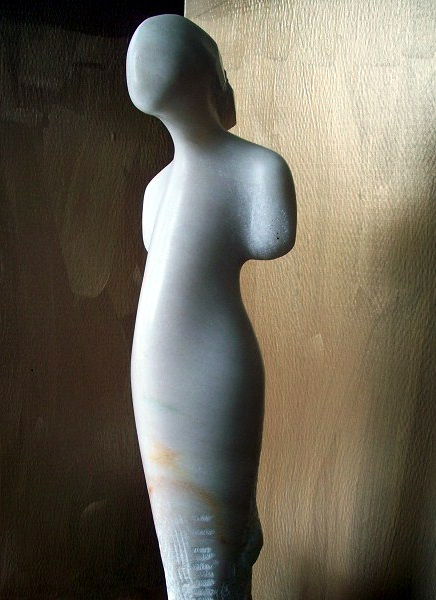

This article shows that verum manual acupuncture improves pain, swelling and quality of life in rheumatoid arthritis patients. Control acupuncture points do not have the same effect, and the control group without treatment got worse.
Effectiveness of Acupuncture on Pain, Functional Disability, and Quality of Life in Rheumatoid Arthritis of the Hand: Results of a Double-Blind Randomized Clinical Trial
”
Abstract
Background: Rheumatoid arthritis (RA) is characterized by pain, functional disability, poor quality of life (QoL), high socioeconomic impact, and annual costs of over $56 billion in the United States. Acupuncture (AC) is widely in use; however, studies show severe methodological shortcomings, did not consider the functional diagnosis for the allocation of acupoints and their results showed no differences between verum and control groups.
Objective: The authors aimed to objectively assess the safety and efficacy of AC treatments for RA.
Methods: 105 RA patients with a functional diagnosis of a “Pivot syndrome” or “Turning Point syndrome” were randomly assigned to (1) verum-AC (verum acupoints), (2) control-AC (sham acupoints—points outside of the conduits/meridians and of the extra-conduits), or (3) waiting list (each group n = 35). AC groups experienced the exact same number, depth, and stimulation of needles. Assessments took place before and 5 min after AC with follow-ups over 4 weeks.
Results: (1) Verum-AC significantly improved self-reported pain (Z = −5.099, p < 0.001) and pressure algometry (Z = −5.086, p < 0.001); hand grip strength (Z = −5.086, p < 0.001) and arm strength (Z = −5.086, p < 0.001); health status improved significantly (p < 0.001, Z = −4.895); QoL improved significantly in 7/8 survey domains; and number of swollen joints (Z = −2.862, p = 0.004) and tender joints (Z = −3.986, p < 0.001) significantly decreased. (2) Control-AC showed no significant changes, except in self-reported pain improvement. (3) Waiting list group showed an overall worsening.
Conclusion: This is the first double-blind controlled study on AC in RA of the hand that objectively and specifically assesses positive effects supporting its integration in rheumatology. Acupoint allocation according to Chinese Medicine functional diagnoses is extremely relevant to assess AC effectiveness in a patient group primarily defined by a “western” medicine diagnosis. Based on clear allocation criteria for acupoints, the authors minimized the possible bias of unspecific and suggestive effects on the control group, showed the specific effects of the points chosen, improved efficacy, and identified an evidence base for AC.”
Objective: The authors aimed to objectively assess the safety and efficacy of AC treatments for RA.
Methods: 105 RA patients with a functional diagnosis of a “Pivot syndrome” or “Turning Point syndrome” were randomly assigned to (1) verum-AC (verum acupoints), (2) control-AC (sham acupoints—points outside of the conduits/meridians and of the extra-conduits), or (3) waiting list (each group n = 35). AC groups experienced the exact same number, depth, and stimulation of needles. Assessments took place before and 5 min after AC with follow-ups over 4 weeks.
Results: (1) Verum-AC significantly improved self-reported pain (Z = −5.099, p < 0.001) and pressure algometry (Z = −5.086, p < 0.001); hand grip strength (Z = −5.086, p < 0.001) and arm strength (Z = −5.086, p < 0.001); health status improved significantly (p < 0.001, Z = −4.895); QoL improved significantly in 7/8 survey domains; and number of swollen joints (Z = −2.862, p = 0.004) and tender joints (Z = −3.986, p < 0.001) significantly decreased. (2) Control-AC showed no significant changes, except in self-reported pain improvement. (3) Waiting list group showed an overall worsening.
Conclusion: This is the first double-blind controlled study on AC in RA of the hand that objectively and specifically assesses positive effects supporting its integration in rheumatology. Acupoint allocation according to Chinese Medicine functional diagnoses is extremely relevant to assess AC effectiveness in a patient group primarily defined by a “western” medicine diagnosis. Based on clear allocation criteria for acupoints, the authors minimized the possible bias of unspecific and suggestive effects on the control group, showed the specific effects of the points chosen, improved efficacy, and identified an evidence base for AC.”

